The year 1905 in film involved some significant events.
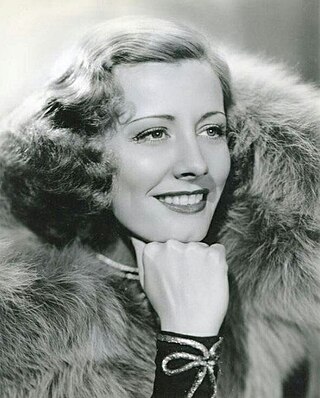
Irene Dunne was an American actress who appeared in films during the Golden Age of Hollywood. She is best known for her comedic roles, though she performed in films of other genres.
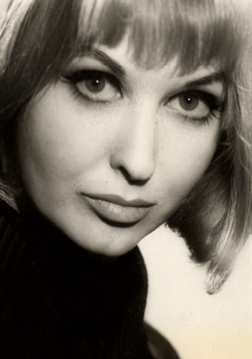
Nyree Dawn Porter OBE was a New Zealand–British actress.
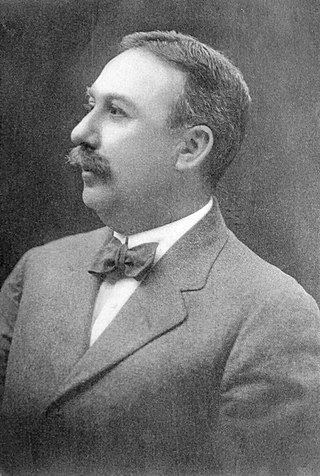
Edwin Stanton Porter was an American film pioneer, most famous as a producer, director, studio manager and cinematographer with the Edison Manufacturing Company and the Famous Players Film Company. Of over 250 films created by Porter, his most important include What Happened on Twenty-third Street, New York City (1901), Jack and the Beanstalk (1902), Life of an American Fireman (1903), The Great Train Robbery (1903), The European Rest Cure (1904), The Kleptomaniac (1905), Life of a Cowboy (1906), Rescued from an Eagle's Nest (1908), and The Prisoner of Zenda (1913).
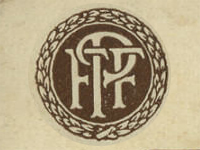
The Famous Players Film Company was a film company founded in 1912 by Adolph Zukor in partnership with the Frohman brothers, powerful New York City theatre owners and producers.

Reginald Leigh Dugmore, known professionally as Reginald Denny, was an English actor, aviator, and UAV pioneer.
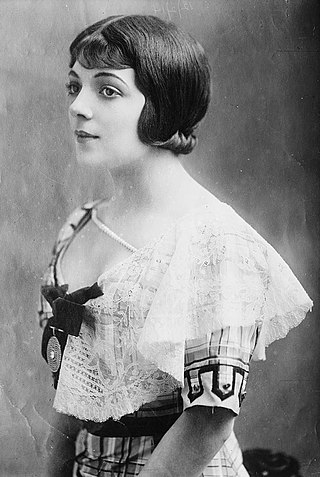
Irène Bordoni was a Franco-American actress and singer.
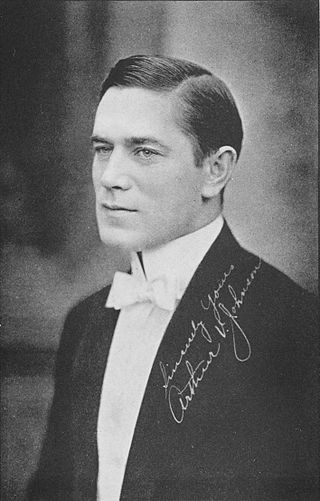
Arthur Vaughan Johnson was a pioneer actor and director of the early American silent film era, and uncle of Olympic wrestler and film actor Nat Pendleton.

Private Affairs is a 1940 comedy film starring Nancy Kelly, with a supporting cast including Hugh Herbert, Roland Young, and Robert Cummings. The film was directed by Albert S. Rogell.

Paris is a 1929 American pre-Code musical comedy film, featuring Irène Bordoni. It was filmed with Technicolor sequences: four of the film's ten reels were originally photographed in Technicolor.

Madam Satan or Madame Satan is a 1930 American pre-Code musical comedy film in black and white with Multicolor sequences. It was produced and directed by Cecil B. DeMille and starred Kay Johnson, Reginald Denny, Lillian Roth, and Roland Young.

Hazel Dawn was an American stage, film and television actress, and violinist. She was born to a Mormon family in Utah, and studied music in Europe where her father was a missionary. Dawn rose to fame as the title character in Ivan Caryll's The Pink Lady, which opened in 1911 on Broadway and ran for over 300 performances; it earned Dawn the eponymous nickname. She performed extensively on Broadway and began work in film in 1914, appearing in a total of 13 feature films. Dawn died at age 98 in New York City.

William Alfred Seiter was an American film director.
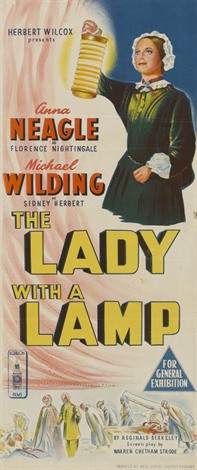
The Lady with a Lamp is a 1951 British historical drama film directed by Herbert Wilcox and starring Anna Neagle, Michael Wilding and Felix Aylmer. The film depicts the life of Florence Nightingale and her work with wounded British soldiers during the Crimean War. It was shot at Shepperton Studios outside London. Location shooting took place at Cole Green railway station in Hertfordshire and at Lea Hurst, the Nightingale family home, near Matlock in Derbyshire. The film's sets were designed by the art director William C. Andrews. It is based on the 1929 play The Lady with a Lamp by Reginald Berkeley.
The Morals of Marcus (1915) is a lost American silent comedy-drama film produced by the Famous Players Film Company and distributed by Paramount Pictures. It is based on a 1905 novel by William John Locke, The Morals of Marcus Ordeyne, which was later produced on Broadway in 1907. The star of the play was Marie Doro who makes her motion picture debut in this film version. Both Edwin S. Porter and Hugh Ford take part in the direction of the film. The story was remade in 1921 as Morals with May McAvoy and in 1935 as The Morals of Marcus with Lupe Vélez.
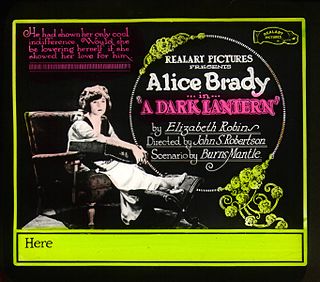
A Dark Lantern is a lost 1920 American silent drama film produced and released by Realart Pictures. It is based on a 1905 novel of the same name by Elizabeth Robins.

When We Were Twenty-One is a 1915 American silent comedy film directed by Hugh Ford and Edwin S. Porter and written by H.V. Esmond. The film stars William Elliott, Charles Waldron, Marie Empress, Helen Lutrell, Winifred Allen, and Arthur Hoops. The film was released on April 5, 1915, by Paramount Pictures.

Gambier's Advocate is a lost 1915 American drama silent film directed by James Kirkwood, Sr. and written by Ronald MacDonald. The film stars Hazel Dawn, James Kirkwood, Sr., Fuller Mellish, Dorothy Bernard, Robert Broderick and Maude Odell. The film was released on June 17, 1915, by Paramount Pictures.

The Heart of Jennifer is a 1915 American silent drama film directed by James Kirkwood, Sr. and written by Edith Barnard Delano. The film stars Hazel Dawn, James Kirkwood, Sr., Irene Howley, Russell Bassett, and Harry C. Browne. The film was released on August 30, 1915, by Paramount Pictures.
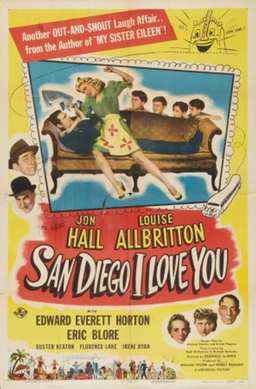
San Diego, I Love You is a 1944 American comedy film directed by Reginald Le Borg and starring Jon Hall, Louise Allbritton and Edward Everett Horton.


















